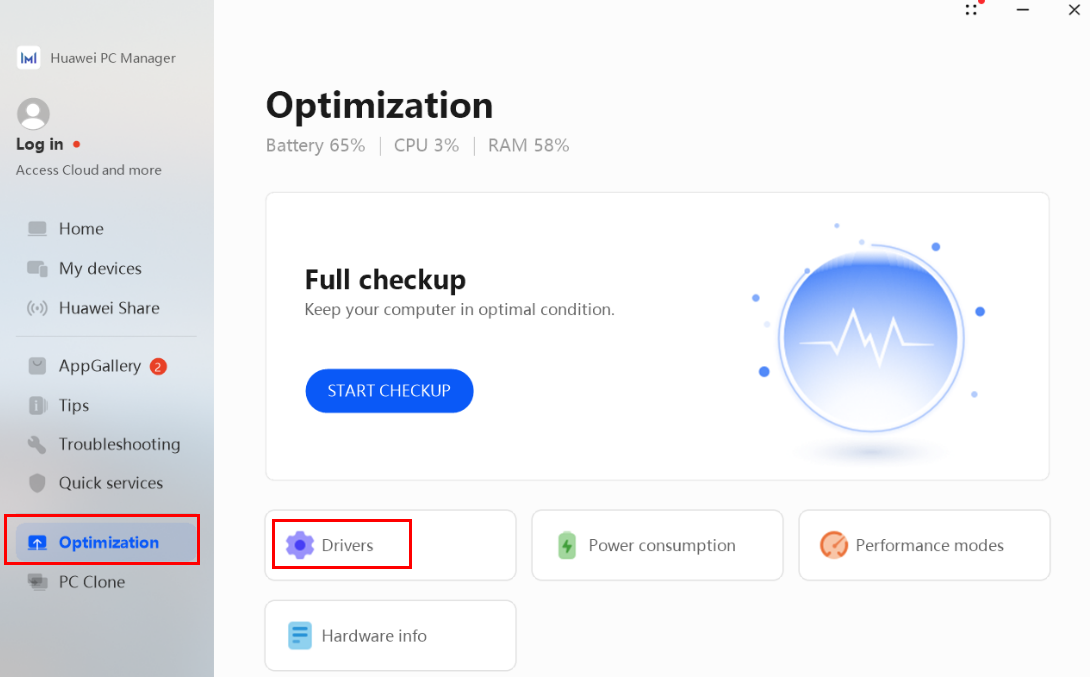
Revitalize Your Codebase: Essential Code Refactoring Tips
Code refactoring is a crucial practice in software development, aimed at improving the structure, readability, and maintainability of your code. Let’s explore key code refactoring tips that can breathe new life into your codebase and elevate your development experience.
1. Understand the Why of Refactoring
Before diving into code changes, it’s crucial to understand why refactoring is necessary. Common reasons include improving code readability, reducing complexity, addressing technical debt, and preparing for future enhancements. A clear understanding of the purpose guides your refactoring efforts.
2. Start with a Solid Suite of Tests
Effective refactoring requires a safety net, and a robust suite of tests provides just that. Before making changes, ensure that you have comprehensive unit tests in place. These tests act as a safety net, allowing you to make modifications confidently while ensuring that existing functionality remains intact.
3. Identify Code Smells
Code smells are indications that a portion of code may need refactoring. Common code smells include duplicated code, long methods, excessive parameters, and more. Identifying these smells is the first step in recognizing areas of your code that could benefit from improvement.
4. Tackle Duplicated Code
Duplicated code is a breeding ground for bugs and maintenance headaches. Refactor duplicated code into reusable functions or methods, promoting the DRY (Don’t Repeat Yourself) principle. This not only reduces the chances of errors but also simplifies future updates.
5. Embrace the Single Responsibility Principle (SRP)
Each function or class should have a single responsibility. Adhering to the Single Responsibility Principle improves code maintainability and makes it easier to understand and modify. If a function or class has multiple responsibilities, consider breaking it down into smaller, focused components.
6. Prioritize Readability and Naming
Code is read more often than it is written. Refactoring offers an opportunity to enhance code readability. Use meaningful variable and function names, adopt consistent coding styles, and structure your code in a way that conveys its purpose intuitively. Readable code is maintainable code.
For a detailed guide on code refactoring tips, check out Code Refactoring Tips.
7. Break Down Large Methods
Large, monolithic methods are challenging to understand and maintain. Break down large methods into smaller, more focused ones. Each method should encapsulate a specific task, making your codebase more modular and promoting ease of maintenance.
8. Leverage Design Patterns
Design patterns are proven solutions to common programming problems. Incorporating design patterns during refactoring can lead to more scalable and maintainable code. Understand and apply relevant design patterns that align with the structure and requirements of your project.
9. Refactor Incrementally
Rather than attempting to refactor an entire codebase in one go, adopt an incremental approach. Refactor one small piece at a time, ensuring that each change doesn’t introduce new issues. This iterative process allows you to maintain a functional codebase while steadily improving its quality.
10. Seek Feedback and Collaboration
Refactoring is a collaborative effort. Seek feedback from team members, especially if you are working on a shared codebase. Collaborative input can bring diverse perspectives, leading to more effective refactoring decisions. Embrace a culture of continuous improvement within your development team.
In conclusion, code refactoring is not just about improving code aesthetics; it’s a strategic investment in the long-term maintainability and efficiency of your software. By incorporating these code refactoring tips into your workflow, you can revitalize your codebase and create a foundation for successful future development.



![Average Renovation Costs in [Your Location] Average Renovation Costs in [Your Location]](https://images.unsplash.com/photo-1517103278237-421a1cb020fa?fm=jpg&q=60&w=3000&ixlib=rb-4.0.3&ixid=M3wxMjA3fDB8MHxzZWFyY2h8M3x8aG93JTIwbXVjaCUyMHJlbm92YXRpb24lMjBjb3N0fGVufDB8MHwwfHx8Mg%3D%3D)






